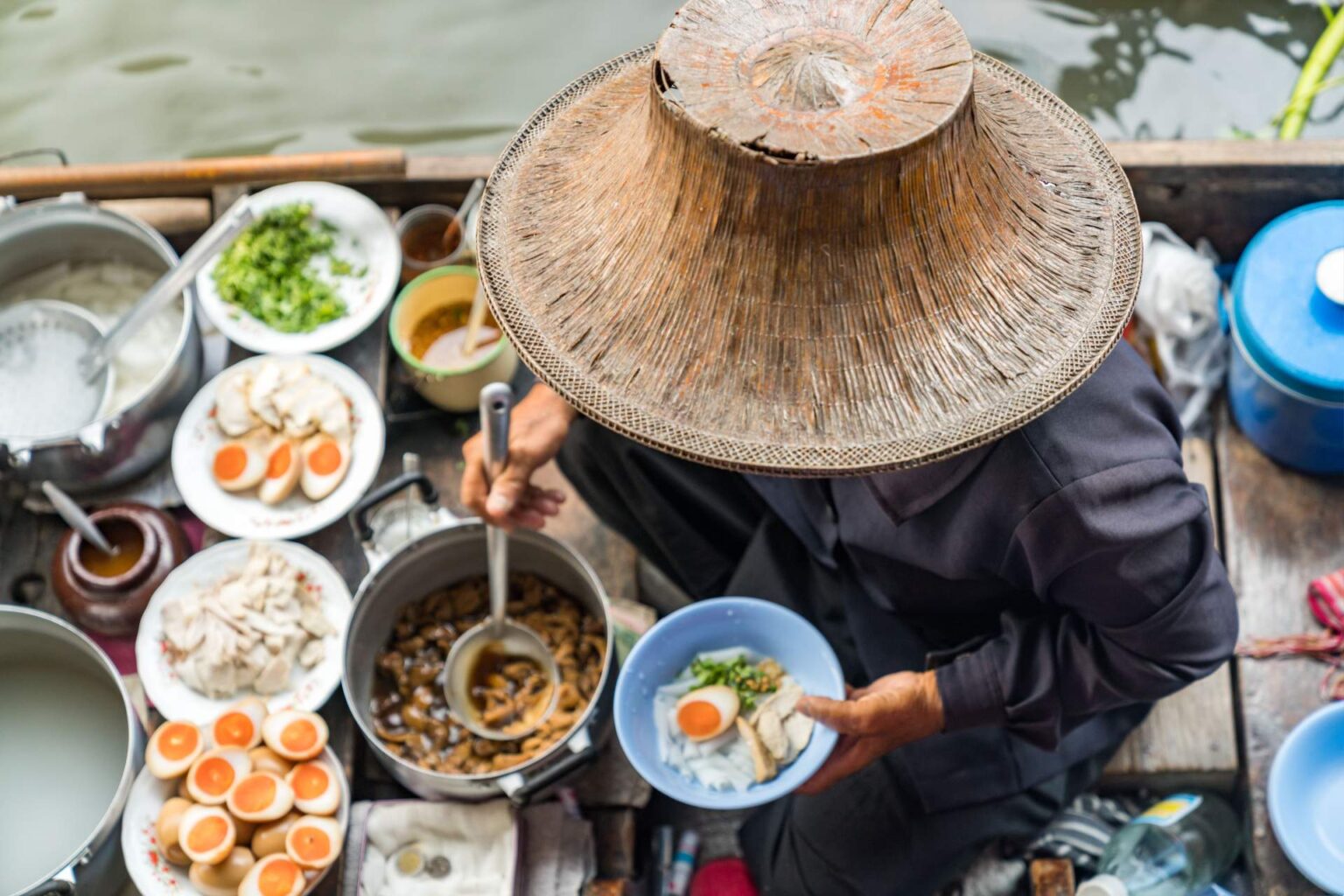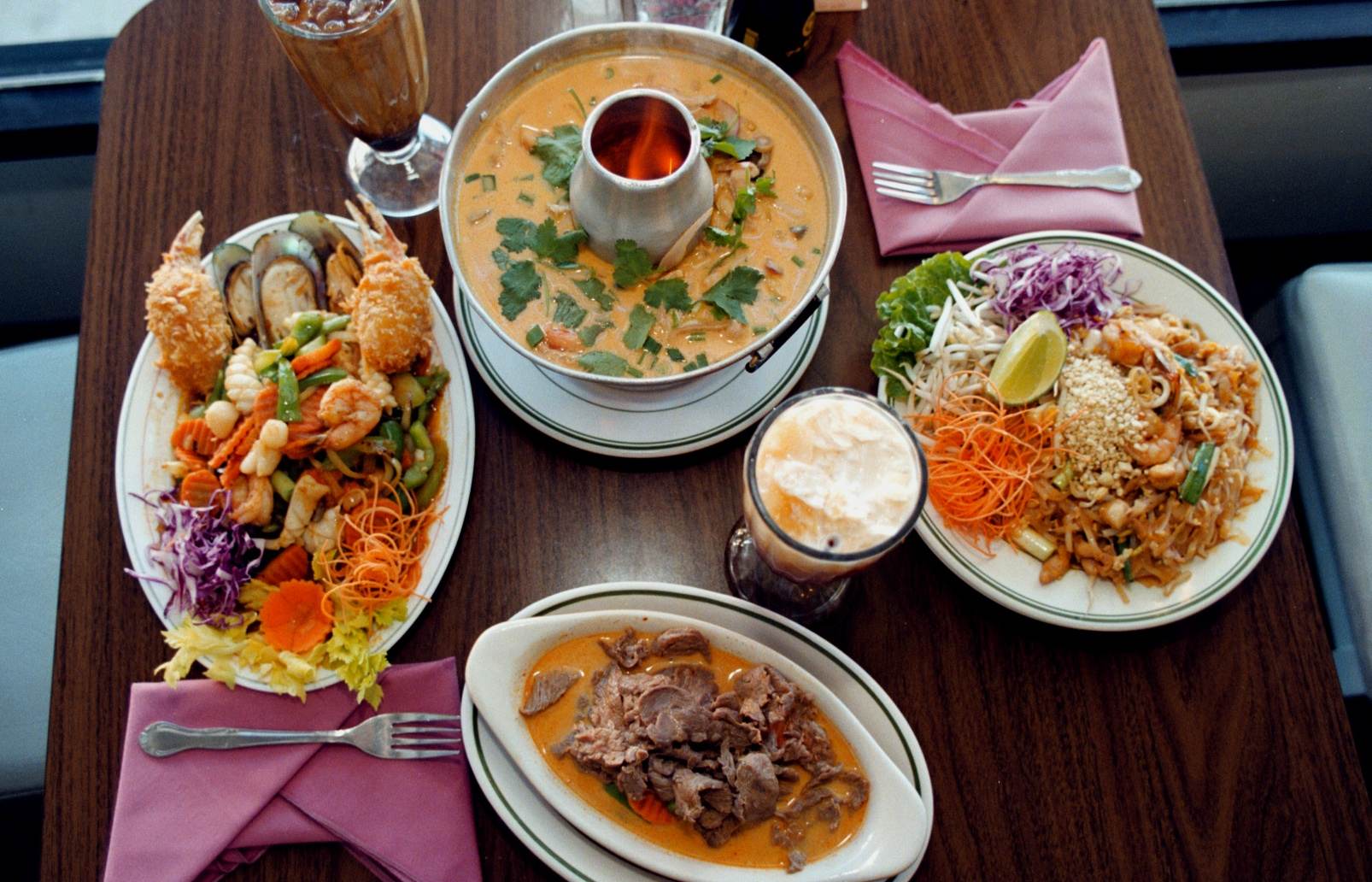
Why Thailand’s Street Culture Is Finding a Home In the Americas
If you search anything about Thailand’s dishes, one word that will most probably dominate the results is street cuisine. Unlike most parts of the world, street food is a prominent part of Thai culture. Like France and Italy, Thailand also boasts a rare diversity of dishes hard to find anywhere else in the globe. It is also the reason why many tourists can’t get enough of the nation.
On visiting the nation, you’ll probably come across a new dish that will fascinate you everyday, throughout your vacation. Tourists try to carry the same back home, including to the Americas where roadside dining is slowly taking shape.
The expression of different traditions across religions, social classes and ethnic groups has enriched different parts of Bangkok with a diversity of dishes and other tastes. This is a cultural narrative shared by America which is also a renowned melting pot of world cultures. Here’s a breakdown of the best street food vendors in Bangkok.
Where to Get a Real Taste of Thai Cuisine
Unlike most world destinations, the idealized Thai dining environment is not measured by decorations and the commercialized levels of professionalism. Most foreign dinners would opt for a more organized and affordable environment preferably in the interior. But Thais love it the most basic way. Some of the residents’ favorites include old dining halls with a blend of Chinese, Thai, and Vietnam war era hotels. People tend to be attracted by the more vintage and authentic locations that have been in service for the longest periods.
Visiting Americans are increasingly preferring to adventure with the sidewalk cart vendors. It is also a good start to blend in with the residents, and discover some of the best dining places. Sidewalk places are not only the choice of residents but also the multiple food and travel shows and listings online. Ask an avid visitor and you’ll most probably get the same recommendation.
The idea is to capture the most experienced cooks, who of course are mostly cart sidewalk sellers. But in the US, even Thai restaurants are located in well furnished structures with addresses.
Why Street Food is Preferable
Besides Los Angeles, sidewalk street food is not as popular as high-end restaurants in the majority of the US. But the Thai-like culture is slowly creeping in as people begin to see street food as the more authentic option.
Previously, tourists would keep distance from anything termed as street, seeing it as a health compromise, or a risk to eating something unorthodox. But the perception is now changing all over the world. It is now cooler to try out different foods, and the streets are the way to go.
It is also romantic, and breathtaking to eat from the outdoors in a simple setting that mostly focuses on the quality of the food.
Other Recreations That Complement Thai’s Street Culture
Mobile and online gaming are a big part of Thai’s recreation. The gaming industry in Thailand is a billion dollar industry offering a broad variety of options to global gamers. In recent years, the industry has grown exponentially to accommodate local and international mobile and PC professional gamers. This has grown to be a lucrative sector in recent years considering that professional online gaming is widely prohibited in the USA. The modern industry offers profitable career opportunities which is strategic considering that global eSports tournaments payout millions to winners of all ages, even teenagers. Gaming operators are also accommodative to novice gamers providing playing incentives such as considerable welcome bonus to nurture all types of players in top Thai online platforms.

Finding Friendly Street Food Operators
For a relatively new person to Thai streets, local or abroad, finding or rather identifying a trusted street food location with high hygiene standards can be confusing. It has even become harder after the government pushed out cart sellers from the sidewalks in a movement notoriously known as “return the pavement to the pedestrians”. Regulation of the street industry is not the worst idea as it makes the sector more competitive hence translating to quality service.
The stalls, usually characterized by mobile carts, fold-up tables and plastic stools were forced out of businesses leaving the ground for housed restaurants, some of which also have minor outdoor extensions. In fact, some of Bangkok’s favourite dishes became even more rare following the move.
Nonetheless, the idea of street food remains unchanged. Housed restaurants with outdoor extensions cannot replace the open-air mobile counterparts. Besides, you’ll even find some brick-and-mortar structures with wheeled carts serving indoors, further blurring the line between street sellers and restaurants. But none can ever provide the same experience as the basic pavewayside sellers.
The Draw Back
Although these street vendors may appear perfect from a day visit, seeing their preparation and closing stages may give a different impression. Many visitors assume that the foods are prepared from traditional recipes that are keen to health benefits. However, most are business oriented and operate like brands.
One major turnoff is their cleaning. Some vendors are subjected to stiff competition which has forced them to seek profits through cutting their production cost. This means cheaper ingredients and poor storage. But as long as the food remains harmless and gives you the adventure you seek, a vocation diversion from your usual diet won’t hurt.
Eastern nations are naturally protective of their traditions. Thailand’s street food culture is more of an unintentional preservation rather than effort. With the influence it has on both visitors and locals, the only way to unveil its mystery is by trying it yourself.



